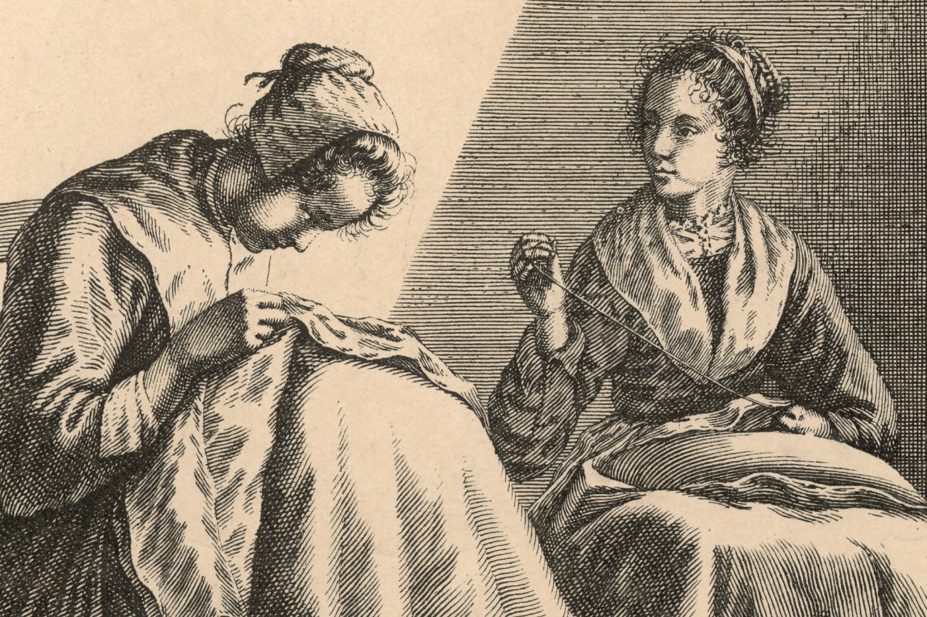
Mary Evans Picture Library / Alamy
Investigating your family history is a popular activity nowadays and I have been busy searching the archives to uncover my own ancestry. Although it may sound a little morbid, I was particularly interested to see the terms used to record causes of death and among them I found something called ‘Pointer’s Rot’.
My family tree is rooted in rural Worcestershire but some of my ancestors worked in the needle industry for which Redditch became world famous. I like the story about a foreign competitor who sent an example of their latest hypodermic needle which they claimed as the finest in the world. It was promptly returned to them with a ‘Made in Redditch’ hypodermic needle threaded inside it.
Needle making was first recorded in the Redditch area in the 1630s. Originally a cottage industry, new machines were developed and by the mid-19th century virtually all needles were manufactured in factories. Sewing needles are traditionally made two at a time. Steel plate from Black Country furnaces was rolled into wire, cut to the length needed for two needles then sharpened to a point at both ends. The midpoint was slightly flattened so that two holes for the eyes could be punched through then the needles split apart between the holes. The needles were then hardened, polished and packaged in folds of black paper for sale.
Until the introduction of new machines in around 1870, needle pointing was done by hand. This was the best paid job in the factory but also the most dangerous because not only could slivers of metal fly up and blind the pointer but the grindstones sometimes shattered causing fatal injuries. Furthermore, the pointer was always inhaling dust from the metal and the grindstone which caused the crippling lung disease called ‘Pointer’s Rot’.
Pointer’s rot, like silicosis, asbestosis and coal miners’ black lung disease, belongs to a group of conditions called pneumoconioses. These are perhaps the oldest known occupational diseases. Hippocrates wrote about miners with breathing difficulties, Pliny the Elder described a type of respirator used by stonemasons to avoid dust inhalation and Roman lead miners apparently wore animal bladders to help protect themselves from dust in mines.
A starting point for the study of pneumoconioses in modern times was a paper by a Dr Johnstone of Worcester presented to the Medical Society of London in 1796 which called attention to the high mortality among needle pointers in Redditch. He proposed a mask of damp crepe be used to arrest the particles but 50 years later the life expectancy of a needle pointer was still not much more than 35 years.
You may also be interested in
The importance of diverse clinical imagery within health education

Entrustable professional activities: a new approach to supervising trainee pharmacists on clinical placements
